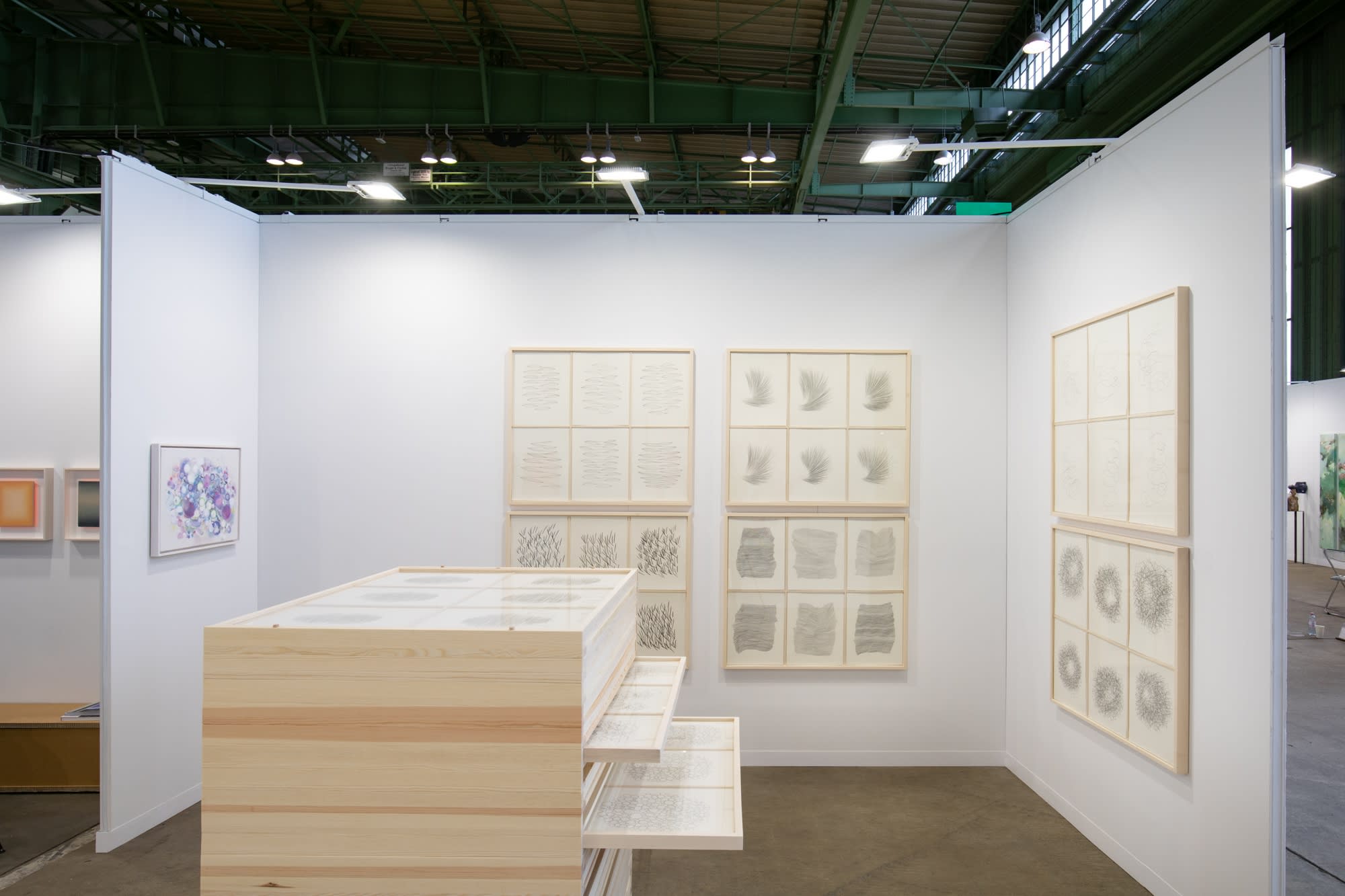-
Welcome
Gallery and Showroom 21Gallery Fenna Wehlau presents contemporary abstract art with references to nature, music and poetry.
We represent artists who work in the genres of painting, works on paper, sculpture, installations, light and textile art. In our gallery spaces and close by showroom 21 we show five to six exhibitions a year, with an accompanying program of artist talks and concerts. Our gallery is located in the Kunstareal of the Bavarian Capital Munich.
Galerie Fenna Wehlau is a member of Open Art Munich and the Bundesverband Deutscher Galerien. We proudly present our artists at art fairs such as ART Karlsruhe, Paper Positions, Positions and roter Kunstalson, Villa Rot.
You will find us at Amalienstraße 24 & 21 in the Kunstareal Munich in the immediate vicinity of the Museum Brandhorst and the Pinakotheken.
We look forward to your visit!
-

-

-
Opening hours
Every Wednesday (during the duration of the exhibition) from 5 to 7 pm we cordially invite you to the Artlovers APÉRO.Tuesday, Thursday and Friday 1–6 p.m.
Wednesday 1–7 p.m. (5–7 p.m. Apéro)
Saturday 1–4 p.m.
You may book a time slot via:
-

-





